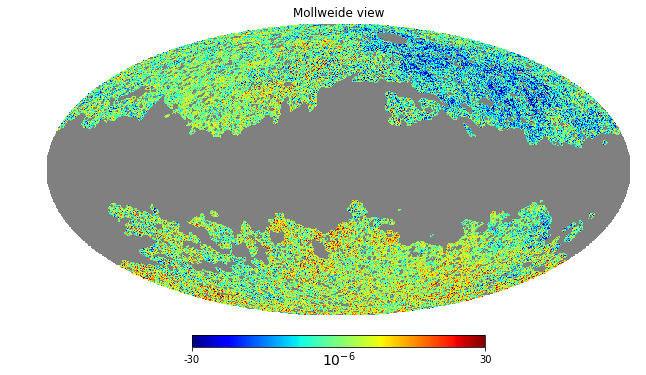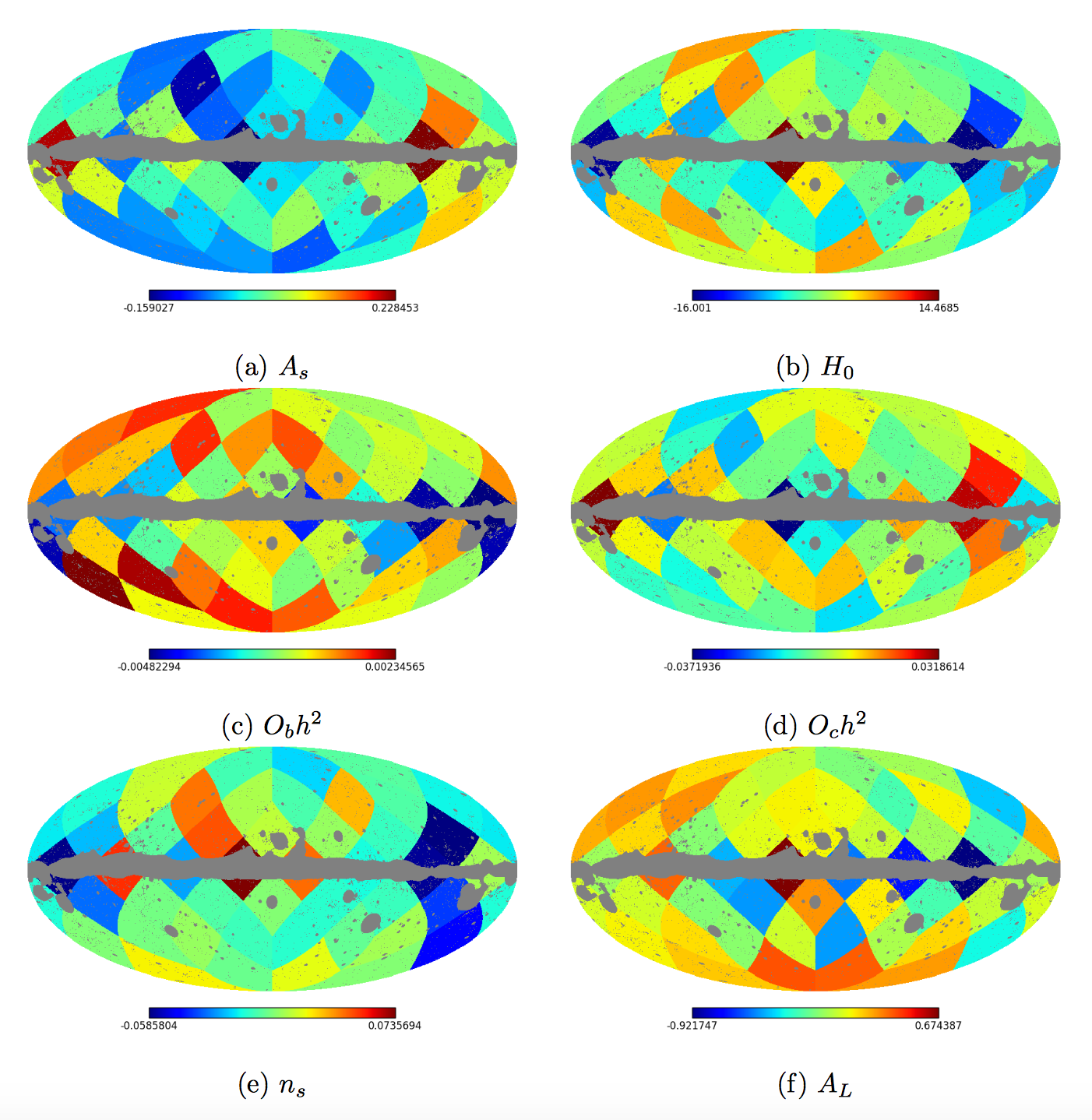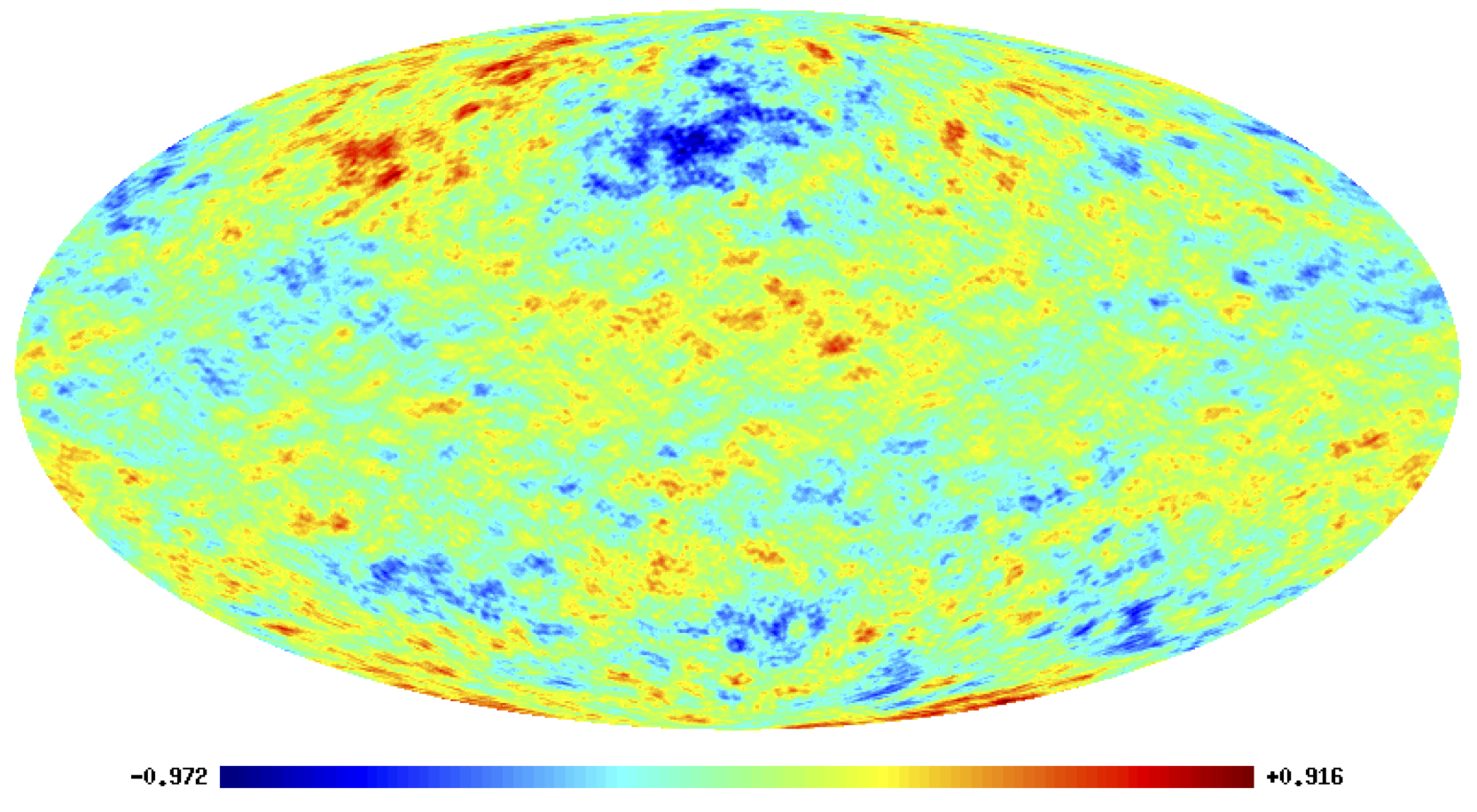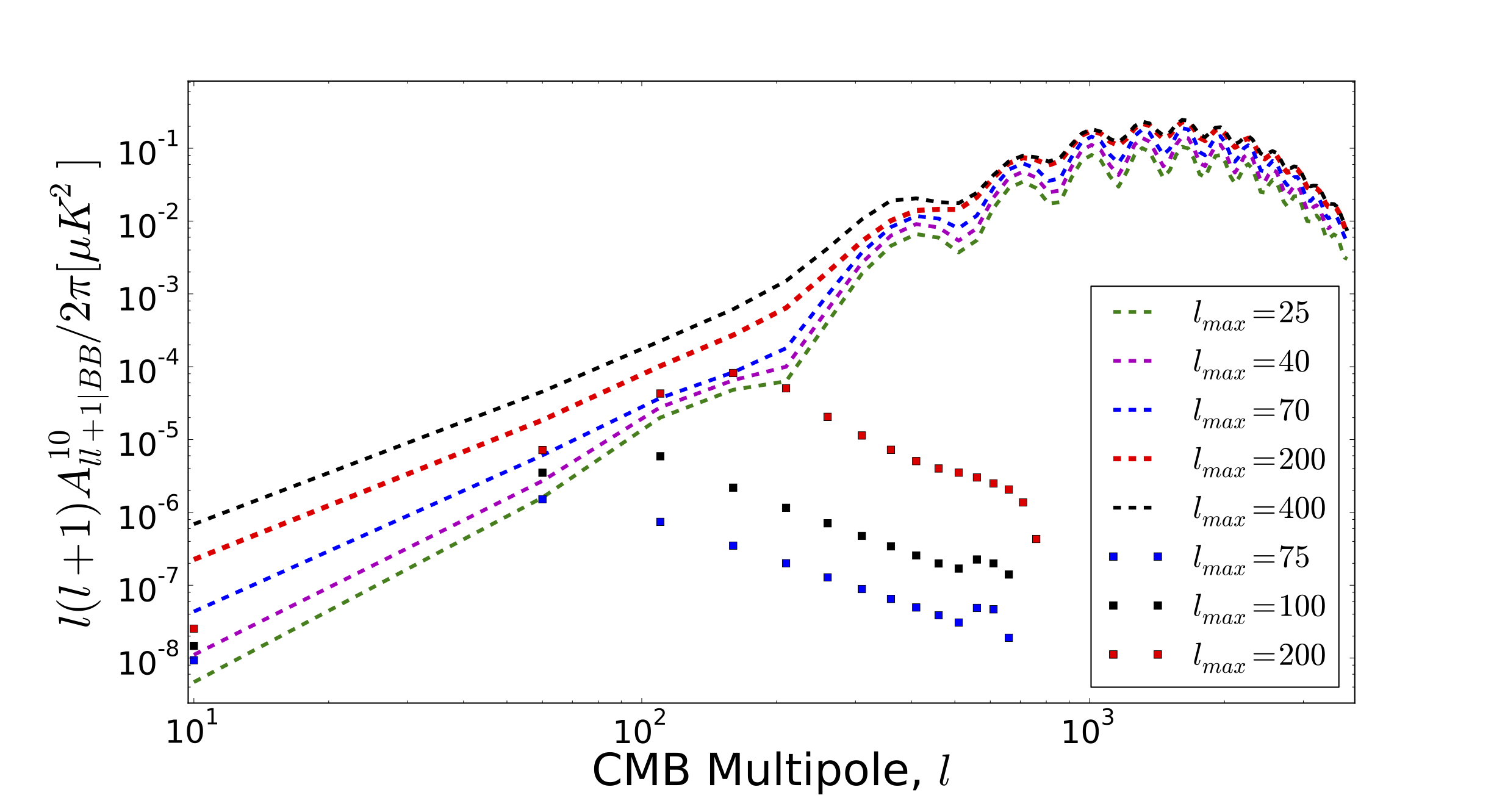CMB spectral distortions from ultra light axions
DO AXIONS EXIST? DO THEY INTERACT WITH PHOTONS AND OTHER STANDARD MODEL PARTICLES?
Myself along with R. Khatri, D. Spergel and B. Wandelt have provided a new observational probe to the Lagrangian of the Universe which is accessible from the upcoming ground based CMB experiments. Ultra light axions in the presence of magnetic field get converted into photons and vice-versa. This process can produce a unique spectral distortion in the blackbody spectrum of the CMB. This signal can arise from our own galaxy 'The Milky Way', galaxy clusters, voids producing a unique spatially varying polarised and unpolarised spectral distortion in CMB black body.
Distortion from Milky Way
In the presence of the magnetic field of Milky Way, CMB photons can undergo resonant conversion into axions producing a polarised spectral distortion in the CMB with a unique spatial shape as shown in the figure. This signal is calculated using the data-driven model of galactic magnetic field and electron density. This work is done with R. Khatri and B. Wandelt. The details on this work can be found in JCAP04(2018)045.
Polarised spectral distortion of CMB at 150 GHz from ultra light axion of mass 0.5 peV. Resonant photon-axion conversion in the presence of cluster magnetic field can produce polarised spectral distortion around galaxy clusters. This method can provide the strongest constraints on ultra light axions over the mass range 0.01-1 peV using the upcoming ground based CMB experiments such as Simons Observatory and CMB-S4. This work is in preparation with D. Spergel, R. Khatri and B. Wandelt.
Simulated spectral distortion signal from ultra light axions originating in the magnetic field of galaxy clusters. The spatial variation of the axion spectral distortion makes it feasible to be measured from the multi-frequency sky maps of Planck satellite. Using the temperature data of the Planck satellite, we provide the first axion distortion map using 45% most cleaned part of the sky. The details on this work can be found in arXiv:1811.11177
Axion distortion map from Planck over 45% sky part. 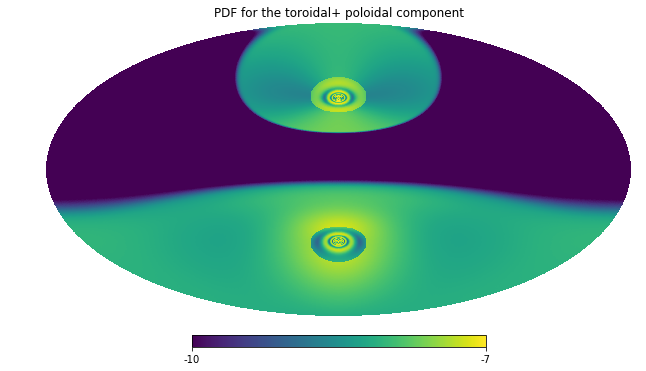
Distortion from galaxy clusters
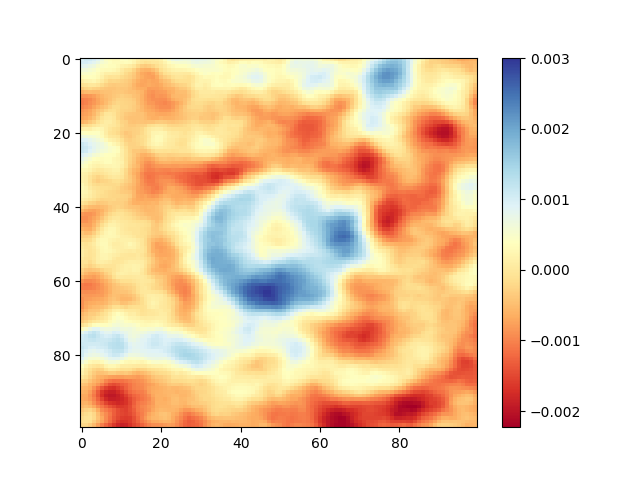
Full sky axion distortion map using the multi-frequency temperature sky maps from Planck satellite
